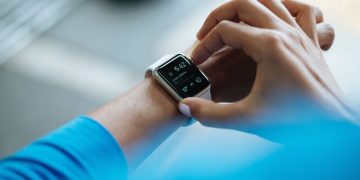Artificial intelligence can draw cat pictures and write emails. Now the same technology can compose a working genome.
A research team in California says it used AI to propose new genetic codes for viruses—and managed to get several of them to replicate and kill bacteria.
The work, described in a preprint paper, has the potential to create new treatments and accelerate research into artificially engineered cells. But experts believe it is also an “impressive first step” toward AI-designed life forms. Read the full story.
—Antonio Regalado
Clean hydrogen is facing a big reality check
Hydrogen is sometimes held up as a master key for the energy transition. It can be made using several low-emissions methods and could play a role in cleaning up industries ranging from agriculture to aviation to shipping.
This moment is a complicated one for the green fuel, though, as a new report from the International Energy Agency lays out. A number of major projects face cancellations and delays. The US in particular is seeing a slowdown after changes to key tax credits and cuts in support for renewable energy.
Still, there are bright spots for the industry, including in China, and new markets could soon become crucial for growth. Here are three things to know about the state of hydrogen in 2025.
—Casey Crownhart
This article is from The Spark, MIT Technology Review’s weekly climate newsletter. To receive it in your inbox every Wednesday, sign up here.
Source link
#Download #AIdesigned #viruses #bad #news #hydrogen #industry






























